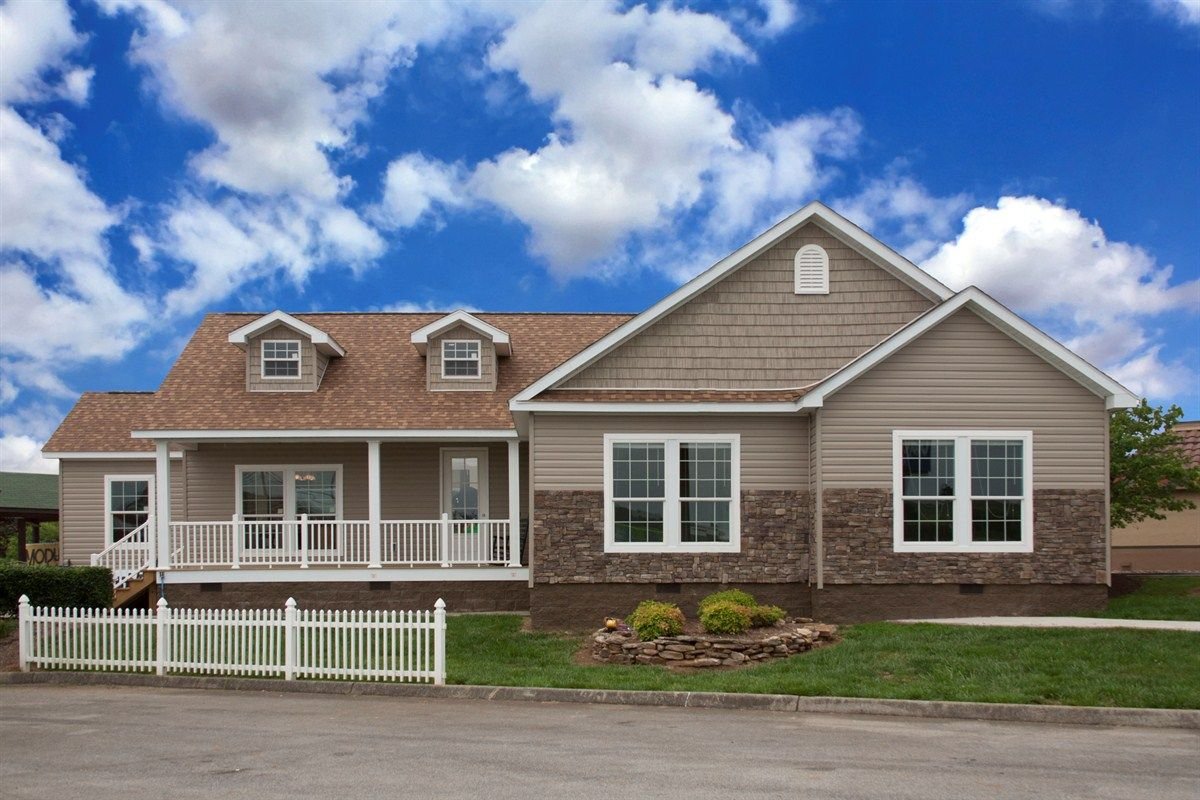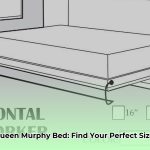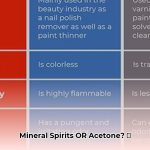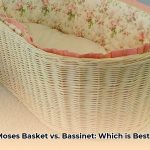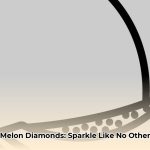Are Modular Homes As Good as Stick Built? A Comprehensive Analysis – In the realm of home construction, the debate between modular and stick-built homes has garnered significant attention. Modular homes, prefabricated in a factory and assembled on-site, offer advantages that challenge traditional stick-built methods. This article delves into the intricacies of each approach, examining their key differences in terms of speed, customization, energy efficiency, and durability. Drawing upon practical experience and industry insights, we aim to provide a comprehensive understanding of whether modular homes stand on par with their stick-built counterparts.
Key Takeaways:
- Modular homes are often more cost-effective than stick-built homes.
- While modular homes offer fewer customization options, they still provide some flexibility within the builder’s offerings.
- Modular homes can be constructed significantly faster than stick-built homes due to controlled factory environments.
- Resale values for modular homes have shown to be comparable to stick-built homes.
- Both modular and stick-built homes meet the same building codes and standards, ensuring comparable quality.
- Modular homes are a viable alternative to traditional homeownership, offering affordability, expedited construction, and competitive resale value.
Are Modular Homes as Good as Stick Built?
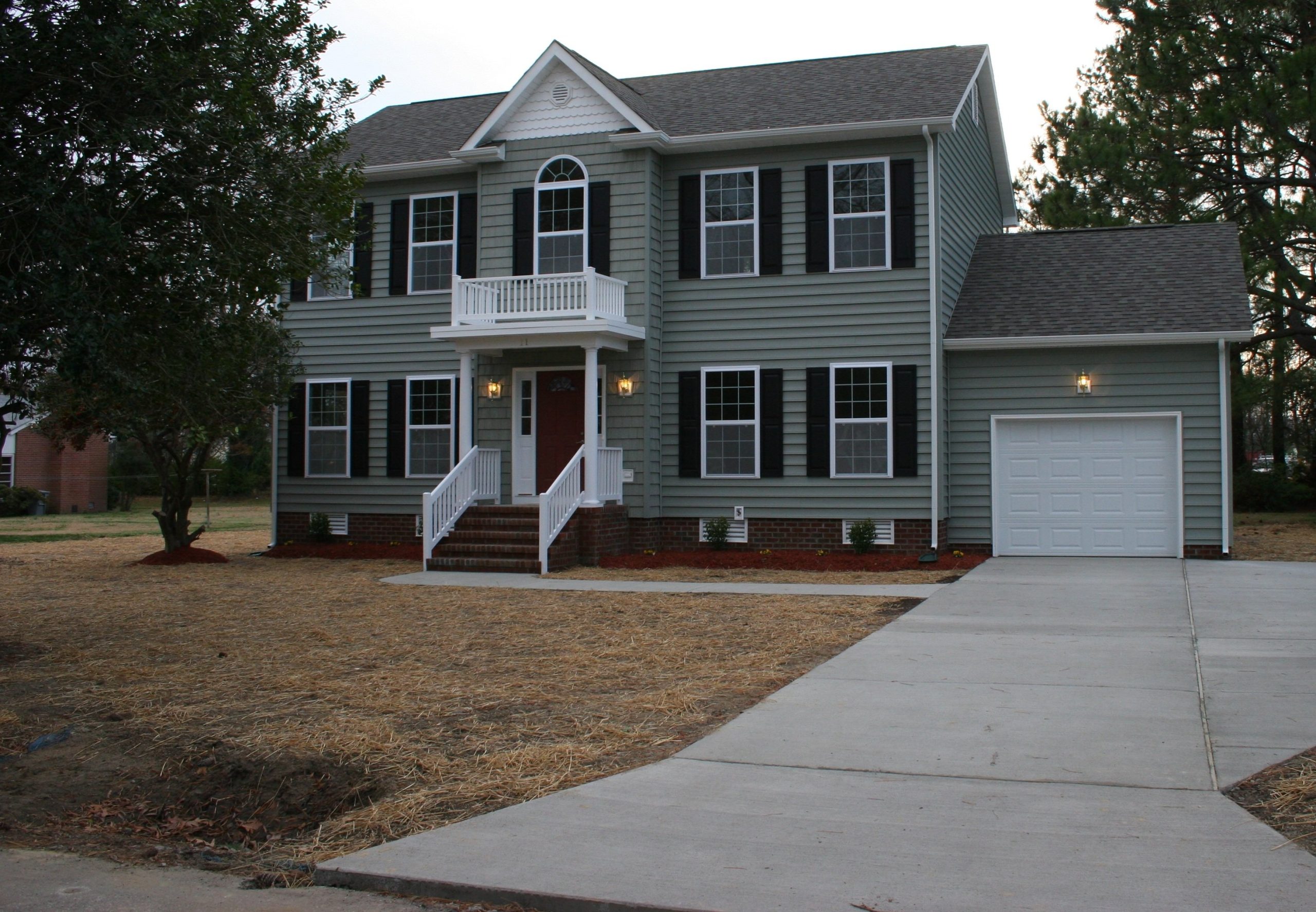
Modular homes have sparked curiosity as an alternative to traditional stick-built homes. They offer unique advantages and challenges, but are they on par with their stick-built counterparts? Let’s explore the pros and cons of both options.
Quality and Standards
Rest assured, modular homes are as good as stick built when it comes to quality. Both adhere to the same building codes and undergo rigorous inspections. They provide durable and safe living spaces that meet or exceed industry standards.
Customizability
While stick-built homes offer more design flexibility, modular homes still allow for customization. Within the builder’s pre-determined options, you can select floor plans, finishes, and appliances to personalize your space. This balance between predefined choices and customization options ensures you can find a modular home that suits your style.
Time and Cost
Modular homes shine when it comes to construction time. Prefabricated in controlled factory environments, they bypass the weather delays and labor shortages common in stick-built homes. This time advantage often translates to significant cost savings, making modular homes more budget-friendly than traditional construction.
Resale Value
Modular homes have gained acceptance in the housing market, leading to competitive resale value. Their durability and low maintenance costs make them attractive to potential buyers. As their popularity grows, the demand for modular homes may only increase.
Conclusion
Modular homes offer a viable alternative to stick-built homes. They provide comparable quality, customization options, and cost savings with expedited construction timelines. While they may not match the flexibility of stick-built construction, they remain a durable, customizable, and cost-effective option for homeownership.
Are you curious about the advantages of modular homes over stick-built homes? Discover more by clicking here. Ready to learn about the construction process of modular homes? Find out here. If you’re wondering if modular homes qualify as site-built, the answers await here.
Building Time Frame: Modular Homes vs. Stick-Built
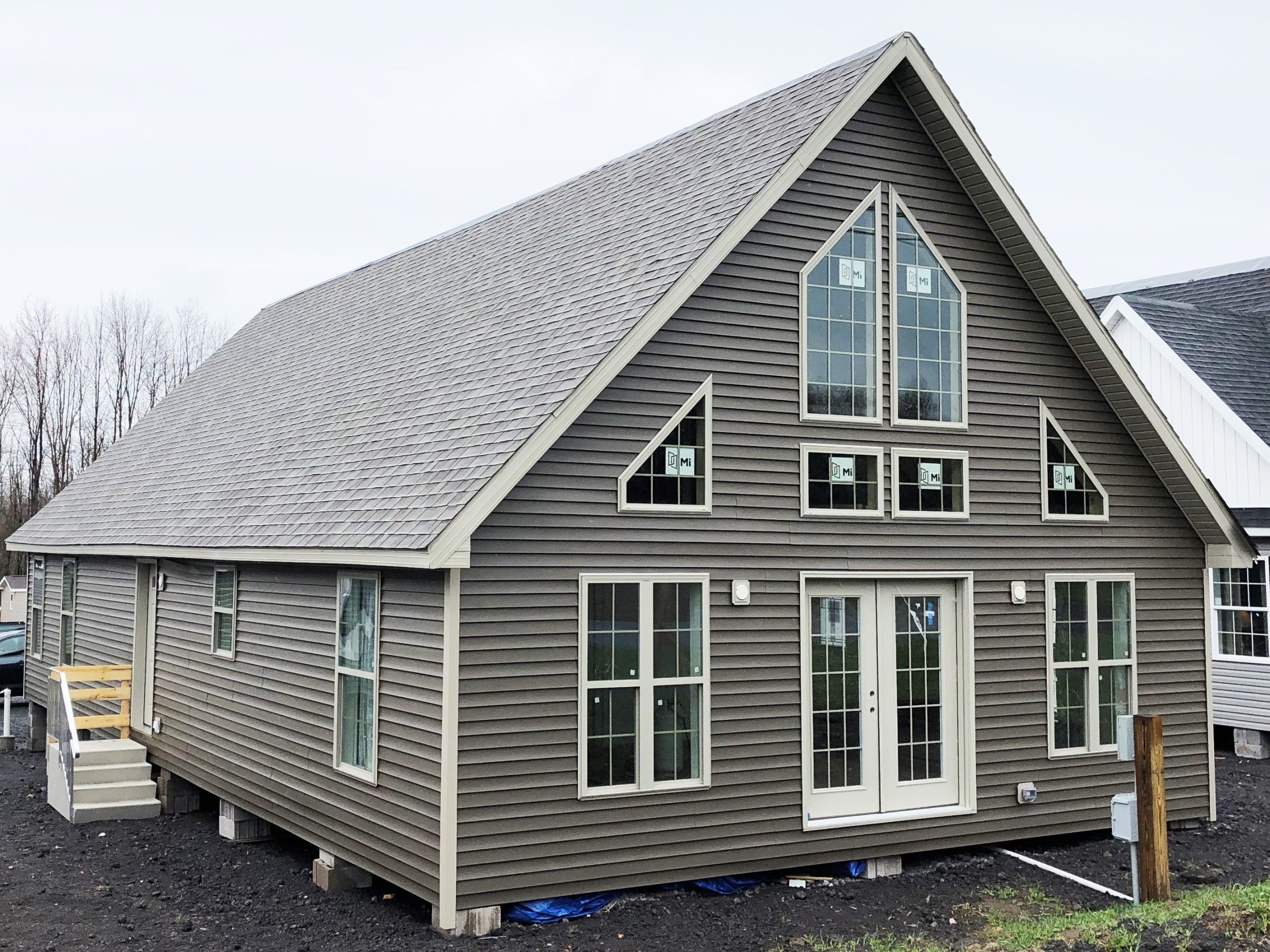
Modular Homes:
- Faster Construction: Prefabricated components save on-site building time frame.
- Simultaneous Progress: Factory and on-site work can overlap, reducing building time frame.
- Less Weather Impact: Off-site construction protects from weather delays, ensuring a shorter building time frame.
Stick-Built Homes:
- Longer Construction Process: All work is done on-site, resulting in a longer building time frame.
- Weather and Site Constraints: Delays due to weather or site conditions can push back the building time frame.
Key Takeaways:
- Modular homes offer a shorter building time frame (3.5-4 months) compared to stick-built homes (5-6 months).
- Overlapping construction stages and weather protection contribute to modular homes’ reduced building time frame.
- Stick-built homes have a longer building time frame due to on-site work and potential weather impact.
Citations:
- Comparing Modular Versus Stick Built Homes – Martell Home Builders
- Modular vs. Stick Built Homes: A Comprehensive Comparison – Design Build Modulars
Modular Home Vs Stick-Built Cost
Understanding the price differences between modular and stick-built homes is crucial for informed decision-making. Both options offer unique advantages, and costs can vary based on factors like location, size, and complexity.
Pros and Cons
Modular Homes
- Pros:
- Lower construction costs (typically 10-20% less than stick-built) due to efficient factory production.
- More financing and mortgage options available.
- Cons:
- Limited customization options.
- Additional transportation and installation expenses.
Stick-Built Homes
- Pros:
- Greater flexibility for customization and design.
- Wider range of materials and finishes available.
- Higher perceived resale value.
- Cons:
- Higher construction costs due to on-site labor and materials.
- Longer construction timelines.
Key Takeaways:
- Modular homes generally have a lower Modular Home Vs Stick-Built Cost, but stick-built homes offer greater customization options.
- Factory production and efficient construction methods contribute to the Modular Home Vs Stick-Built Cost advantage for modular homes.
- Stick-built homes may have a higher resale value due to perceived quality and durability.
- Both modular and stick-built homes must adhere to the same building codes and standards, ensuring comparable quality.
- The Modular Home Vs Stick-Built Cost and customization needs should be carefully considered when choosing the best option for your home.
Sources:
- Modular vs. Stick Built Homes: A Comprehensive Guide
- What Is a Modular Home? Pros, Cons and Differences
FAQ
Q1: What is the key difference between a stick-built home and a modular home?
A1: The primary difference lies in the construction process. Stick-built homes are constructed entirely on-site, while modular homes are built in sections within a controlled factory environment and then assembled on the building site.
Q2: Do modular homes last as long as stick-built homes?
A2: Yes, modular homes are built to the same building codes and standards as stick-built homes, ensuring comparable durability and longevity.
Q3: What is the typical building time frame for a modular home versus a stick-built home?
A3: Modular homes typically have a shorter construction timeline compared to stick-built homes. The controlled factory environment and prefabrication process significantly reduce weather and labor-related delays.
Q4: Are modular homes more cost-effective than stick-built homes?
A4: Generally, modular homes offer cost benefits. The efficient construction methods and bulk purchasing of materials in a factory setting often result in lower overall construction costs compared to stick-built homes.
Q5: How do modular homes compare to stick-built homes in terms of customization options?
A5: While modular homes have design constraints imposed by factory limitations, they still offer customization options within the builder’s capabilities. Stick-built homes provide a wider range of customization possibilities due to the on-site construction process.
